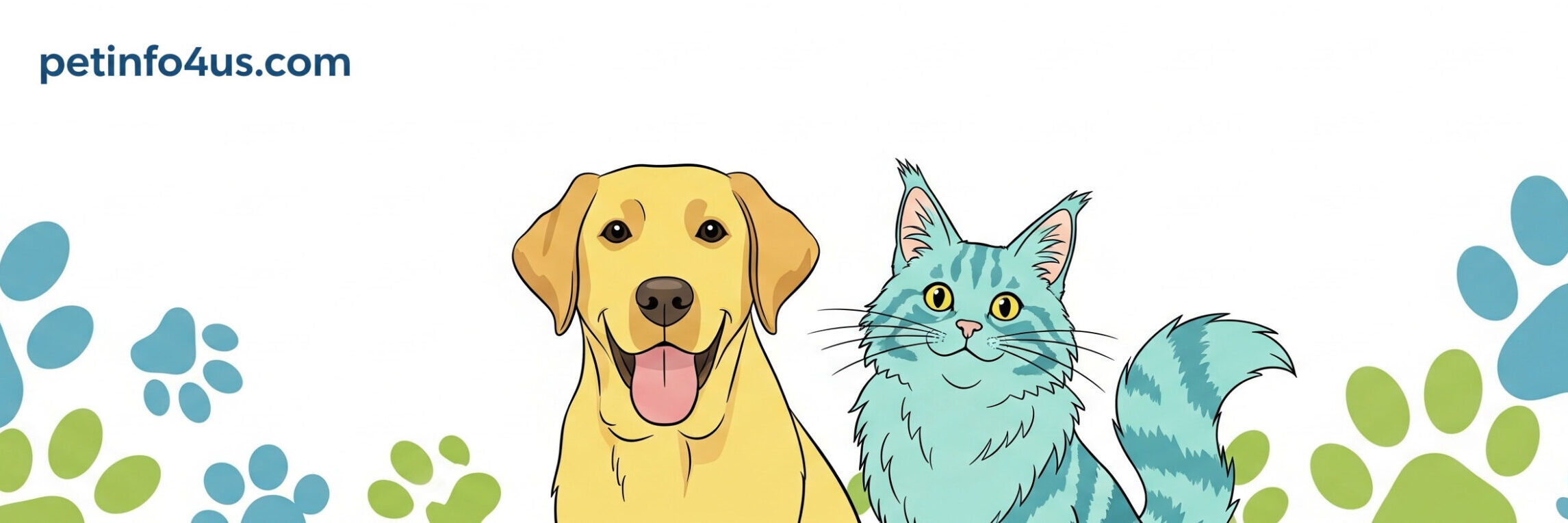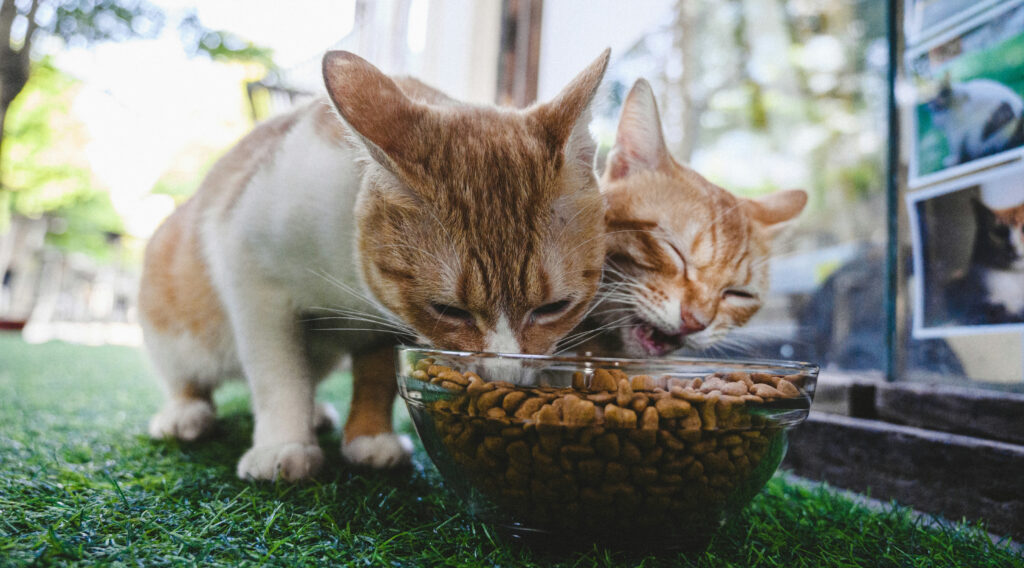Let me tell you, after years of caring for my two curious cats (and learning from plenty of mistakes along the way!), I’ve discovered that feeding our feline friends isn’t as straightforward as grabbing whatever’s on sale at the pet store. Just like my dogs have completely different energy levels and needs, cats have unique nutritional requirements based on their age, lifestyle, and activity level — and trust me, getting this right can make all the difference in their long-term health and happiness.
I learned this the hard way when one of my cats started gaining weight while the other seemed constantly hungry. Turns out, I was feeding them like they were the same cat! In this guide, I’ll share what I’ve learned about choosing the best food for your cat’s specific needs, from those adorable (and exhausting) kitten days to the more relaxed senior years.
Kittens: Fuel for Growth
Kittens are like tiny tornadoes! If you’ve ever watched a kitten play, you know they burn through energy like nobody’s business. During their first year, they’re growing at an incredible pace, and they need a diet that’s absolutely packed with:
- High-quality protein for muscle development (think of it as building blocks for those adorable little bodies)
- Fats for energy and brain development
- DHA (an omega-3 fatty acid) for vision and cognitive function
- Calcium and phosphorus for strong bones
Look for: Foods labeled “Complete and balanced for growth” or “Kitten formula.” These are specially formulated to meet the high calorie and nutrient needs of growing cats. I always check the AAFCO statement on the bag — it’s like a quality seal for pet food.
Personal tip: Feed kittens multiple small meals a day — typically 3–4 until they reach 6 months. I learned this after my friend’s kitten kept getting sick from eating too much at once. Little and often is the way to go!
Adult Cats: Maintenance & Activity Balance
Adult cats (ages 1–6) are in their prime, but their needs can vary so much depending on their personality and lifestyle. My two cats are perfect examples — one lounges by the window all day while the other treats our house like his personal playground! Adult cats need a diet that supports:
- Lean muscle maintenance
- Healthy weight (this is where I really had to pay attention!)
- Immune system support
- Proper hydration
Look for:
- Foods labeled “Adult Maintenance“
- Real animal proteins (chicken, salmon, turkey) as the first ingredient — I always read the ingredient list like I’m shopping for my own groceries
- Adequate moisture (especially with dry kibble diets — I learned to mix in wet food after noticing my cats weren’t drinking enough water)
Adjust for Lifestyle:
- Active/Outdoor Cats → Need higher calories and protein (think of them as feline athletes!)
- Indoor Cats → Benefit from weight-control formulas with added fiber and fewer calories (learned this one the hard way with my couch-potato cat)
Reality check tip: Monitor portion size and use treat calories sparingly — even a few extras per day can lead to weight gain. I actually measure my cats’ food now instead of just eyeballing it. Those “just a few more kibbles” really add up!
Senior Cats: Gentle Nutrition for Golden Years
Cats over age 7 are considered seniors, and watching my older cat transition into this stage has been both sweet and a little heartbreaking. These golden-year kitties often need extra support with:
- Joint health (I notice my senior moving a bit more carefully these days)
- Kidney function
- Digestion
- Lower activity levels
Look for:
- Senior-specific cat food formulas
- Reduced phosphorus and sodium (for kidney support)
- Added glucosamine or chondroitin for joint health
- Easily digestible ingredients
From experience tip: If your senior cat has dental issues, wet food or softened dry kibble may be easier to eat. I started adding a little warm water to my older cat’s dry food, and it made such a difference in his eating comfort.
Special Dietary Needs
Here’s something I wish I’d known earlier — cats with certain conditions like obesity, diabetes, kidney disease, or allergies may need a veterinary-prescribed diet. I used to think “food is food,” but after dealing with a food sensitivity issue with one of my cats, I learned that sometimes we need professional guidance. Always consult your vet before switching to or from a special formula — they know your cat’s health history better than anyone.
Wet vs. Dry vs. Raw: What’s Best?
This is probably the question I get asked most! Each format has its pros and cons, and honestly, I’ve tried them all:
| Food Type | Pros | Cons |
|---|---|---|
| Wet Food | Higher moisture, easier to chew | More expensive, shorter shelf life |
| Dry Kibble | Affordable, convenient | Less moisture, may be harder to chew |
| Raw/Fresh | Mimics ancestral diet | Requires careful prep and vet guidance |
Real-life tip: Many of us cat parents use a combo feeding strategy, offering both dry and wet food for balance. I do breakfast wet, dinner dry, and it works perfectly for my crew!
Final Thoughts
After years of trial and error (and lots of conversations with my vet), I’ve learned that choosing the right cat food is really about understanding your cat’s stage of life and how active they are. Every cat is different — what works for my lounger might not work for my acrobat!
When in doubt, don’t hesitate to talk to your vet about what’s best for your cat’s unique health profile and preferences. They’ve seen it all and can offer personalized advice that no blog post (even mine!) can replace.
Remember, our cats depend on us to make these important decisions for them. Taking the time to choose the right food is one of the most loving things we can do for our feline family members. Trust me, when you see your cat thriving on the right diet, all the research and label-reading is totally worth it!
⚠️ Disclaimer: This article provides general information and should not be considered a substitute for professional veterinary advice. Always consult a veterinarian for dietary recommendations specific to your pet.

